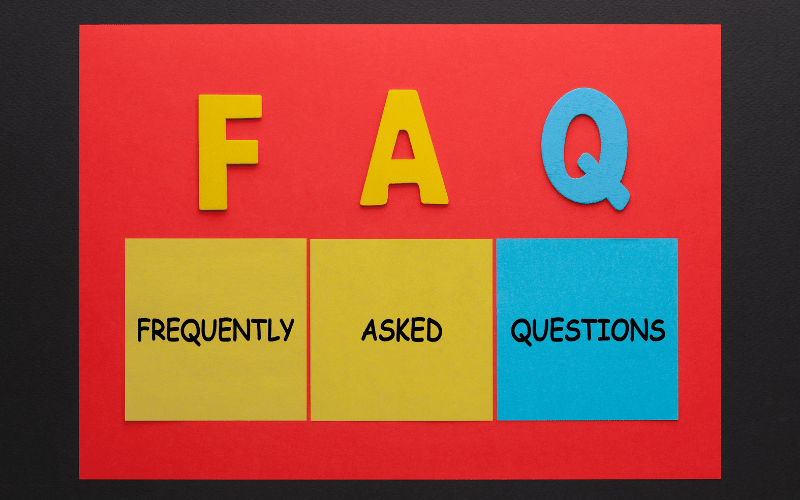Frequently Asked Questions about Sialadenitis

1. What causes sialadenitis?
Sialadenitis is primarily caused by bacterial infections, most commonly by the Staphylococcus or Streptococcus species. It can also result from viral infections or blockages in the salivary ducts due to salivary stones. Other risk factors include dehydration, malnutrition, and certain medications which reduce saliva flow.
2. Can sialadenitis resolve on its own?
While mild cases might show improvement with home remedies like warm compresses and increased fluid intake, most instances of sialadenitis require medical intervention. This could be in the form of antibiotics for bacterial infections or procedures to remove blockages. It’s always recommended to consult a healthcare professional for a proper diagnosis and treatment plan.
3. How is sialadenitis different from mumps?
While both conditions involve inflammation of the salivary glands, their causes differ. Mumps is caused by a virus and is contagious, often accompanied by other symptoms like headaches, muscle aches, and loss of appetite. Sialadenitis, on the other hand, is typically bacterial and may result from blocked salivary ducts or other underlying issues.
4. Are there any complications associated with untreated sialadenitis?
Yes, if left untreated, sialadenitis can lead to abscess formation in the gland, which might require surgical drainage. There’s also a risk of the infection spreading to other areas. Chronic sialadenitis can result in salivary gland stones or even reduced salivary function over time.
5. Are certain people more prone to developing sialadenitis?
People with reduced saliva production, either due to medications, specific health conditions, or aging, may be more susceptible to sialadenitis. Additionally, individuals with poor oral hygiene or those who are dehydrated or malnourished may have an increased risk of developing this condition.
Conclusion: Reflecting on Sialadenitis and Its Impact
Sialadenitis, an inflammation of the salivary glands, presents a complex array of symptoms that can significantly impact an individual’s daily life. Beyond the immediate discomfort of symptoms like swelling, pain, and redness, the condition underscores the body’s delicate balance. When even just one system, such as our salivary glands, faces issues, it can trigger a cascading effect on our overall well-being, as seen with accompanying symptoms like fatigue and difficulty swallowing. Recognizing these symptoms early can pave the way for prompt treatment, ensuring that complications are kept at bay.
Furthermore, understanding sialadenitis emphasizes the importance of holistic health awareness. It’s not just about addressing individual symptoms, but about comprehending how they interconnect and influence one another. By delving into the intricacies of conditions like sialadenitis, we gain a broader perspective on health, enabling us to make more informed decisions about our well-being. In a world where health challenges are ever-evolving, knowledge remains our most potent tool, and understanding conditions like sialadenitis empowers us to navigate our health journey with confidence and care.